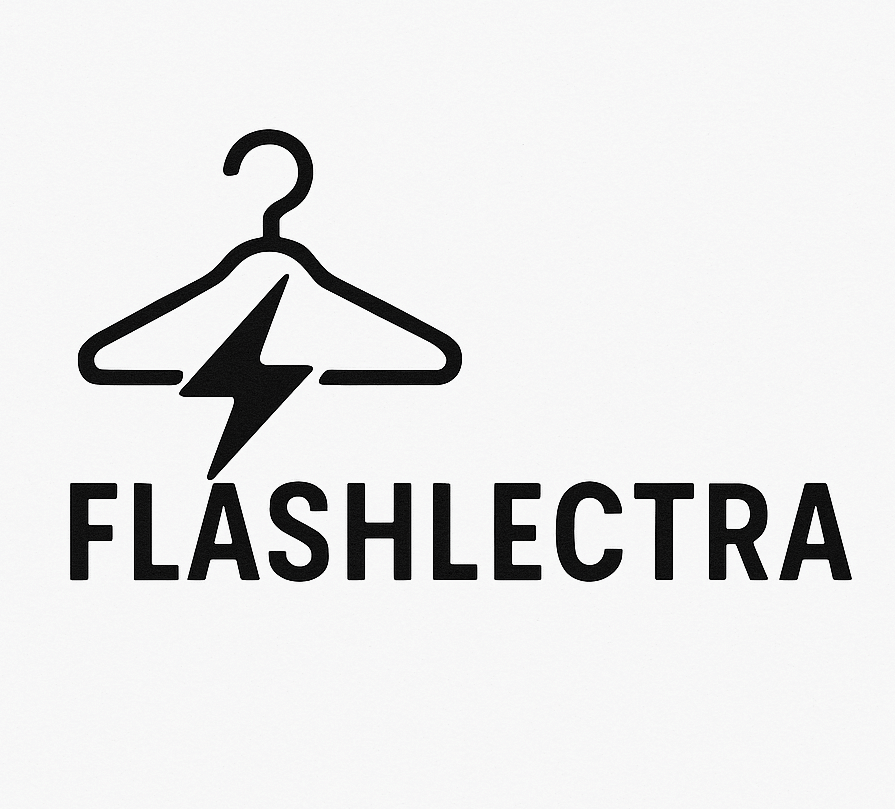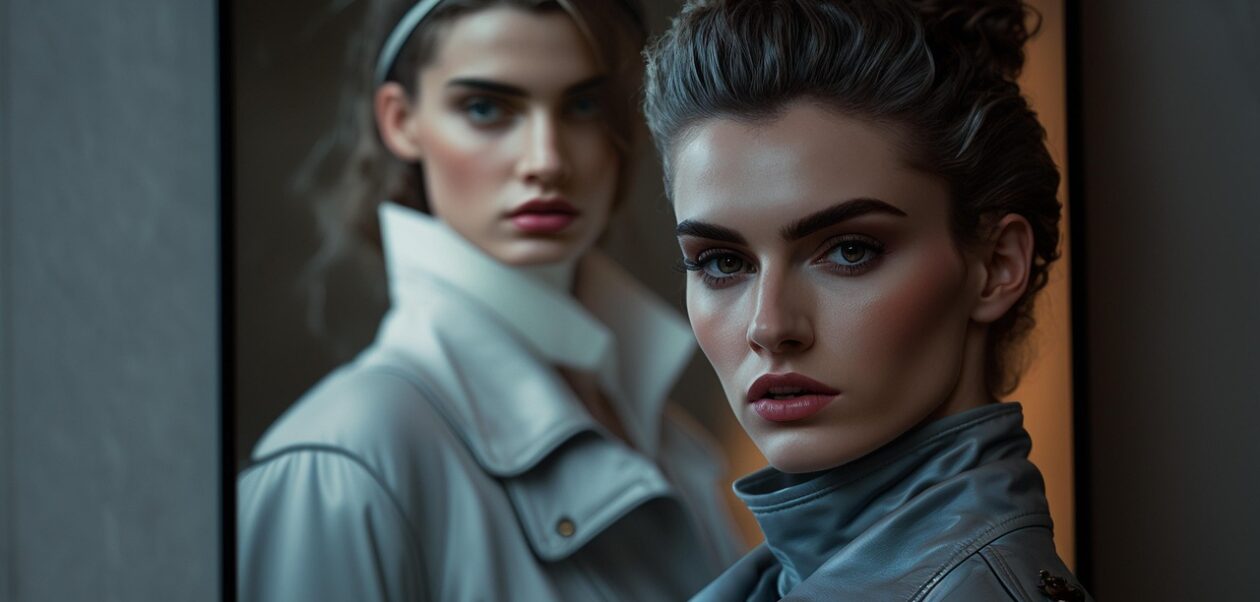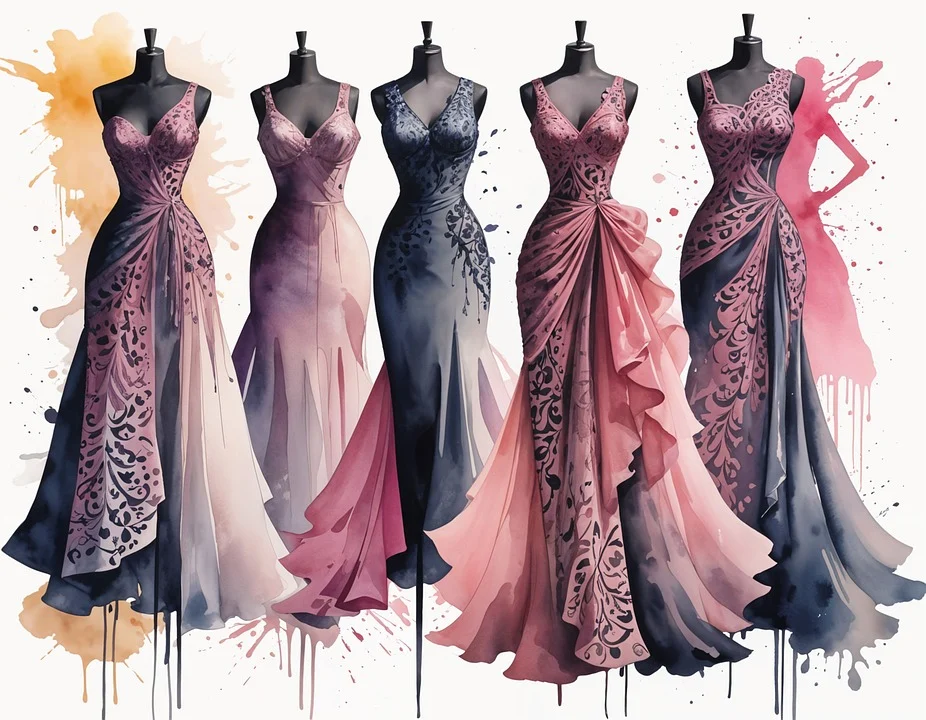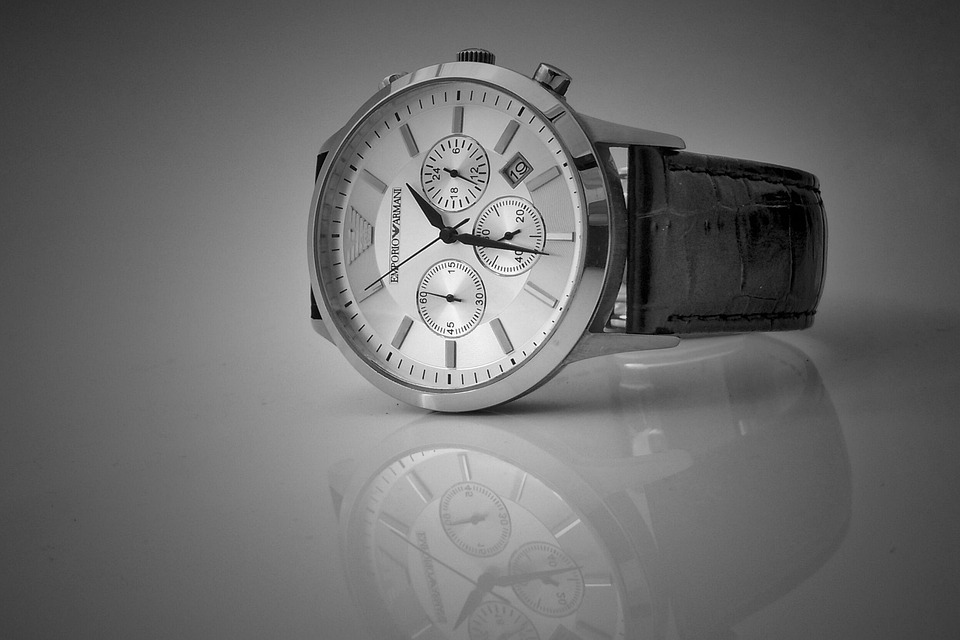The fashion industry is evolving faster than ever, and in 2025, Artificial Intelligence (AI) is at the forefront of this transformation. From design and production to marketing and personalization, AI is reshaping how fashion brands operate and how consumers interact with style. This article explores the latest AI fashion trends in 2025, examining both their potential benefits and challenges, while offering a clear understanding of what the future holds for designers, brands, and consumers alike.
Understanding AI Fashion Trends 2025
Artificial Intelligence in fashion refers to the use of machine learning, algorithms, and automation to improve various aspects of the fashion industry. Its applications range from predicting consumer trends to creating personalized shopping experiences, and even designing clothing collections.
How AI Works in Fashion
AI works by analyzing large datasets, including consumer behavior, social media trends, sales patterns, and global fashion data. Using this information, AI systems can: predict which styles will be popular, recommend personalized clothing options to customers, optimize supply chains and inventory, and automate repetitive tasks in production. By integrating AI, brands can make faster and smarter decisions, reducing waste and improving overall efficiency.
The Role of AI Fashion Trends 2025
In 2025, AI is no longer a supplementary tool—it is central to fashion innovation. The technology enables brands to launch trends faster, respond to changing customer preferences, and experiment with futuristic designs that were impossible just a few years ago.
Top AI Fashion Trends in 2025
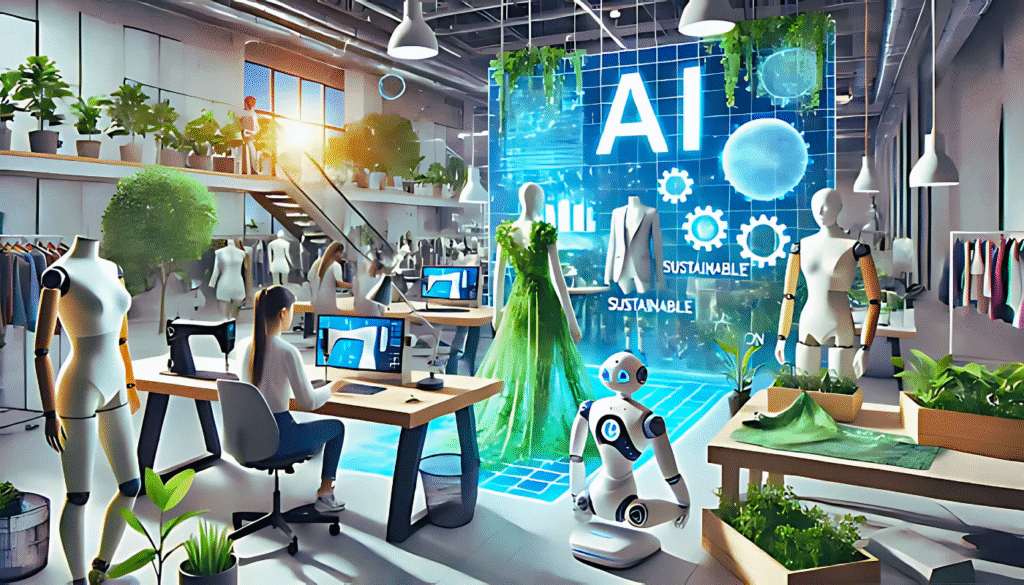
AI-driven fashion is now a global phenomenon, influencing every step from design to delivery. Here are the top trends shaping the industry in 2025:
AI-Generated Designs
Designers are using AI to create unique patterns, textiles, and clothing concepts. AI systems can generate hundreds of variations of a design in minutes, allowing designers to experiment with bold ideas without extra cost. Pros: speeds up the design process, encourages creativity with unconventional designs. Cons: may lack the emotional touch of human designers, risk of homogenized styles if overused.
Virtual Fashion Shows
AI and augmented reality (AR) are enabling virtual fashion shows, where consumers can view collections online in immersive 3D experiences. These shows reduce costs, expand audience reach, and are eco-friendly. Pros: global accessibility, reduced carbon footprint, interactive experiences for consumers. Cons: may reduce in-person event engagement, requires high-quality digital infrastructure.
Personalized Shopping Experiences
AI algorithms track customer behavior and preferences to provide personalized recommendations. By 2025, AI-powered shopping assistants can suggest outfits based on body type, past purchases, and even upcoming events. Pros: enhances customer satisfaction, boosts conversion rates for retailers. Cons: privacy concerns regarding data collection, may reduce the element of discovery for shoppers.
Sustainable and Smart Fashion
AI helps fashion brands optimize production, reduce waste, and create sustainable clothing. Smart textiles equipped with AI can also monitor health or adjust temperature, merging fashion with technology. Pros: promotes eco-friendly practices, integrates functionality with style. Cons: higher production costs, potential technical issues in wearable AI.
Predictive Trend Forecasting
By analyzing global fashion data and social media, AI predicts trends before they hit the market. This allows brands to stock the right products, reduce overproduction, and meet consumer demand efficiently. Pros: reduces unsold inventory, enables faster trend adaptation. Cons: over-reliance on algorithms may stifle creativity, data bias can lead to mispredictions.
Key AI Fashion Trends 2025 – Quick Overview
| Trend | Application | Benefits | Challenges |
|---|---|---|---|
| AI-Generated Designs | Clothing patterns & textiles | Speed, creativity | Lack of emotional touch |
| Virtual Fashion Shows | 3D/AR catwalks | Global reach, eco-friendly | Reduced in-person engagement |
| Personalized Shopping | AI recommendations | Customer satisfaction, higher sales | Privacy concerns |
| Sustainable & Smart Fashion | Eco-friendly production, wearables | Waste reduction, functionality | High costs, technical issues |
| Predictive Trend Forecasting | Trend prediction & inventory | Efficient production, market fit | Algorithm bias, creativity risk |
Benefits of AI in Fashion 2025
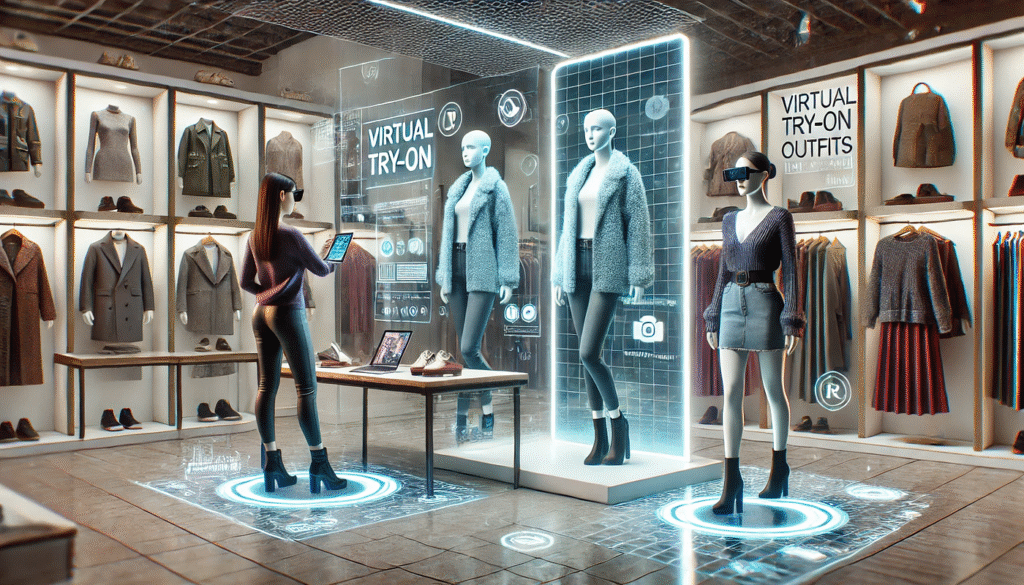
AI is revolutionizing the fashion industry, providing benefits across multiple domains:
Faster Design and Production: AI reduces the time required to design, prototype, and produce clothing, allowing brands to respond quickly to trends and market demand.
Enhanced Personalization: By analyzing consumer preferences, AI allows brands to deliver highly tailored experiences, increasing customer loyalty and engagement.
Cost and Resource Efficiency: AI helps optimize production schedules, minimize waste, and improve inventory management, resulting in lower costs and more sustainable practices.
Innovation in Style: AI empowers designers to experiment with unconventional designs, merging fashion with technology and creating trends that were previously unimaginable.
Challenges of AI Fashion Trends 2025
Despite its advantages, AI in fashion also presents challenges:
Over-Reliance on Technology: Excessive dependence on AI can stifle creativity, as designers may rely too heavily on algorithms instead of personal inspiration.
Ethical and Privacy Concerns: AI collects and analyzes vast amounts of consumer data. Protecting this data and maintaining ethical standards is crucial for brand trust.
High Costs of Implementation: Integrating AI systems, AR experiences, and smart textiles can be expensive, especially for emerging brands or small businesses.
Job Displacement: Automation may reduce the need for certain manual roles in fashion production, raising concerns about employment in traditional sectors.
The Future of AI Fashion Trends 2025
Looking ahead, AI is likely to become even more integrated into fashion: fully automated design studios creating bespoke clothing instantly, smart fabrics responding to mood, temperature, or environment, AI-assisted sustainability ensuring zero-waste production, and virtual fashion marketplaces where consumers buy digital and real-world outfits simultaneously.
AI Fashion Trends 2025 will continue to push the boundaries of creativity, efficiency, and personalization, making fashion more innovative and accessible than ever before.
Conclusion
AI fashion trends in 2025 are transforming the industry in unprecedented ways. From AI-generated designs and virtual fashion shows to predictive trend forecasting and personalized shopping experiences, the benefits are clear: speed, creativity, sustainability, and efficiency.
However, challenges like data privacy, over-reliance on technology, and high implementation costs must be addressed. As we move further into the era of AI-driven fashion, brands that embrace these trends wisely will thrive, while those that resist may fall behind. For consumers, the fusion of AI and fashion promises a more personalized, futuristic, and exciting wardrobe experience than ever before.
